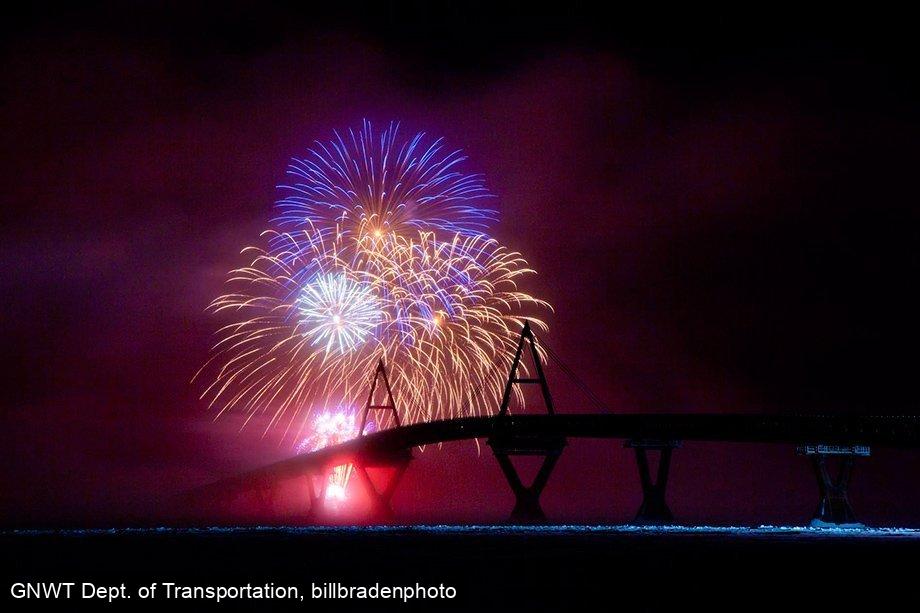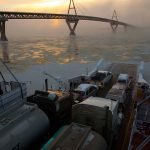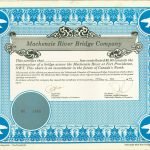2012
The Deh Cho Bridge
Deh Cho is the Dene word for the big river that flows from Great Slave Lake to the Arctic Ocean. In 1828, Sir John Franklin in 1828, advocated for the river to be called the Mackenzie, and that name stuck on maps and government documents. For decades, road travel from Edmonton to Fort Providence, Behchokǫ̀, and Yellowknife meant crossing the Mackenzie River by ferry in summer and via an ice road in the winter. For several weeks during the freeze-up and break-up of the river, these communities were only accessible by air, which restricted travel and drove up the cost of groceries. Building a 1.1 km bridge stretching across the Mackenzie was often considered but never constructed because of cost, the small number of vehicles that would use it, and the engineering difficulties of the seasonal weather conditions.
In 2001, a combined task force of Dene, Métis and Fort Providence leaders created an alliance to look at the project again. In 2002, armed with a Memorandum of Intent, the Deh Cho Bridge Corporation, formed from the Indigenous government leadership, presented a public-private proposal to the Government of the Northwest Territories (GNWT) to finance and build the bridge with a 35-year leaseback from the GNWT and toll system for commercial vehicles. Regulatory approval from the Mackenzie Valley Environmental Impact Review Board in 2007 cleared the way for the project to proceed.
Initial estimates put the cost at $169 million to fund a two-line, nine-span composite steel truss bridge with a cable-assisted main span. Initially designed in 2002, an independent review by the GNWT forced a redesign and delay, bringing the estimated costs to $182 million in 2010. Complications with design responsibility, quality control and construction forced the GNWT to assume the debt and assets of the Deh Cho Bridge Corporation in 2010. Construction resumed and was completed in 2012, with an estimated final cost of $202 million.
On November 30, 2012, the Deh Cho Bridge opened for traffic. In 54 seconds, a vehicle can fully cross the bridge, and 150,000 vehicles make the crossing annually. The bridge design won the 2013 Gustav Lindentahl Medal for “demonstrating harmony with the environment, aesthetic merit and successful community participation” by the International Bridge Conference. People and vehicles were not the only happy bridge travellers. The GNWT had to install cattle guards to deter wood buffalo from contentedly travelling toll-free over the new structure.




